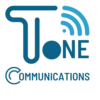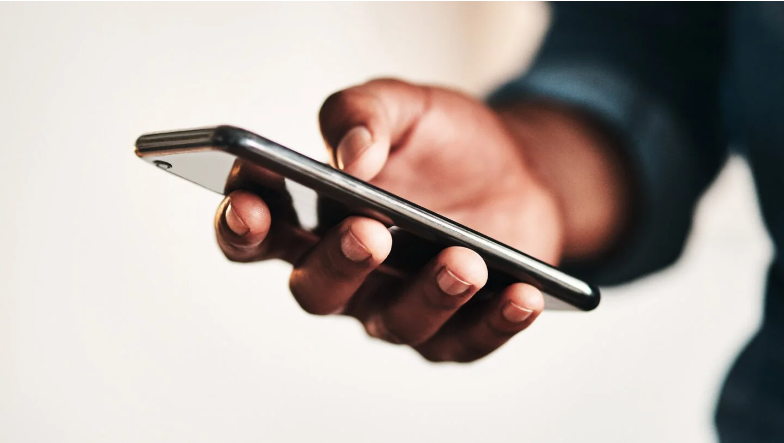FCC’s Affordable Connectivity Program Helps Customers Save on Bills and Get High-Speed Internet for Free. The Federal Communications Commission (FCC) has launched a new program aimed at providing affordable connectivity for low-income households.
The program, called the Emergency Broadband Benefit (EBB), offers discounts of up to $50 per month on broadband internet service for eligible households. In addition, eligible households can receive a one-time discount of up to $100 to purchase a laptop, desktop computer, or tablet.
The EBB program was created in response to the COVID-19 pandemic, which highlighted the importance of internet access for work, education, and healthcare. Many low-income households were unable to afford internet service, which put them at a disadvantage when it came to remote learning, telehealth appointments, and job opportunities. The EBB program aims to bridge this digital divide by making internet service more affordable and accessible for low-income households.
To be eligible for the EBB program, households must have an income at or below 135% of the federal poverty guidelines or participate in certain assistance programs, such as SNAP or Medicaid. Eligible households can sign up for the program through a participating broadband provider or directly with the Universal Service Administrative Company (USAC).

The EBB program has already helped millions of households across the country get connected to high-speed internet. For example, in Florida, the program has helped over 800,000 households save money on their internet bills. In the Caribbean, the program has been particularly beneficial for households in Puerto Rico and the U.S. Virgin Islands, which were hit hard by Hurricane Maria in 2017 and are still recovering from the damage.
The COVID-19 pandemic has forced many Americans to adapt to remote work and education, making internet access more critical than ever. However, for low-income households, the cost of internet service can be a significant burden. The EBB program addresses this issue by providing discounts on internet service and technology devices to those who need it most.
Key highlights of the FCC’s Affordable Connectivity Program:
- Free High-Speed Internet: The ACP provides eligible low-income households with free access to high-speed broadband internet. This removes the financial burden of monthly internet bills, making essential online services accessible to those who need it most.
- Closing the Gap: By addressing the affordability issue, the FCC aims to close the digital divide that has disproportionately affected low-income communities. The program recognizes that internet access is not a luxury but a necessity for full participation in today’s society.
- Partnerships with Providers: The FCC collaborates with broadband service providers to deliver this program. These partnerships are crucial in ensuring that the benefits of free high-speed internet reach the intended recipients efficiently and effectively.
- Digital Inclusion: Beyond free internet access, the ACP promotes digital inclusion by offering digital literacy training and support. It empowers individuals with the skills and knowledge needed to navigate the online world effectively.
- Access to Education and Telehealth: The program’s impact extends to education and healthcare. With free high-speed internet, students can access online learning resources, and individuals can connect with healthcare providers through telehealth services, regardless of their financial situation.
- Community Empowerment: The ACP recognizes that closing the digital divide is not just about individuals; it’s about empowering entire communities. Increased access to information and opportunities can lead to economic growth and improved quality of life.
The EBB program is a temporary initiative that will remain in effect until the funding runs out or six months after the end of the COVID-19 pandemic. However, the program has already made a significant impact on many households, enabling them to access critical resources and participate in activities that would otherwise be out of reach.
In addition to providing discounts on internet service and technology devices, the EBB program also helps to raise awareness about the importance of internet access and the digital divide. By highlighting the challenges faced by low-income households and providing solutions, the program helps to build momentum towards a more equitable future for all Americans.
Overall, the EBB program is an essential resource for low-income households, providing them with the tools they need to succeed in today’s digital world. As we move forward, it’s important to continue investing in initiatives like the EBB program that help to bridge the digital divide and ensure that all Americans have access to high-speed internet and the opportunities it provides.
In addition to providing affordable internet access, the EBB program also helps to close the homework gap for students. Many students in low-income households do not have access to reliable internet service at home, which makes it difficult for them to complete homework assignments and participate in virtual learning. The EBB program provides these students with the tools they need to succeed, including high-speed internet service and a computer or tablet.
Overall, the EBB program is an important step towards bridging the digital divide and ensuring that all Americans have access to high-speed internet. By providing affordable internet service to low-income households, the program helps to level the playing field and give everyone an equal opportunity to succeed. If you or someone you know is eligible for the program, be sure to sign up and take advantage of this valuable resource.



